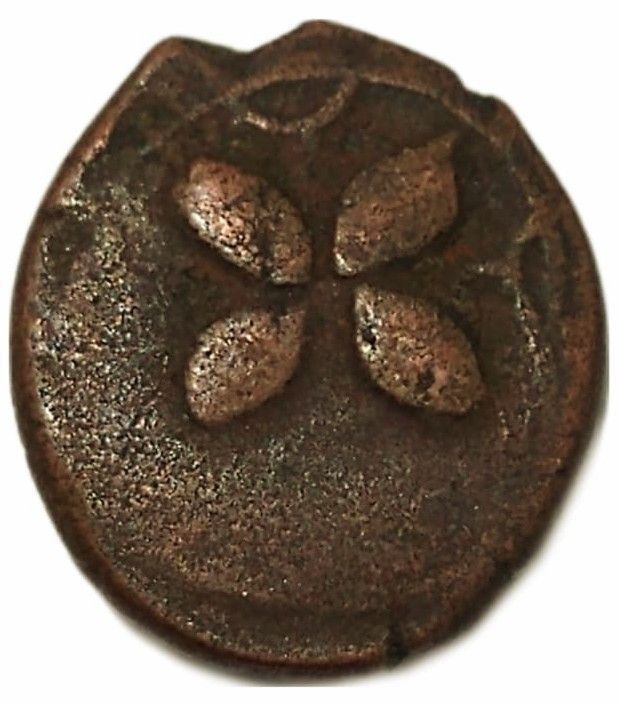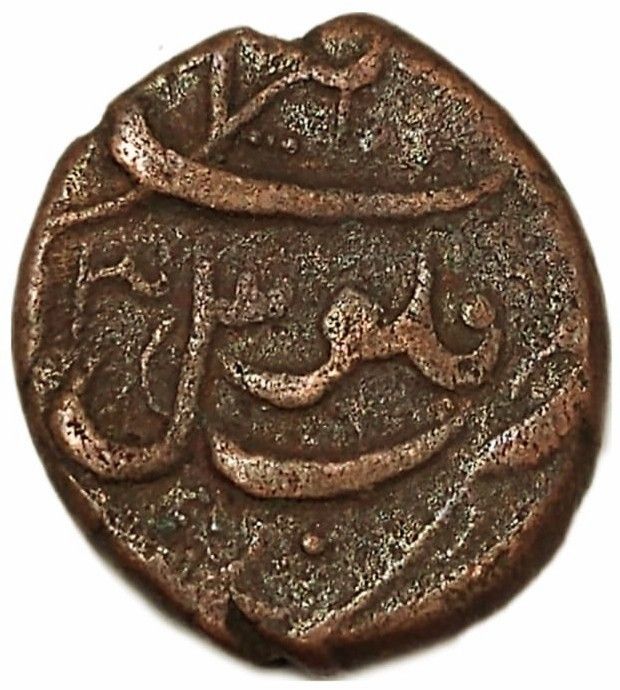Herat, City of Falus (Four ovals)
Introduction
The Herat Falus, featuring four ovals arranged in a cross shape, is a captivating copper coin minted in the city of Herat between 1887 and 1888. This coin holds historical and numismatic significance due to its unique design and the era it represents.
Historical Background
Herat, a prominent city in Afghanistan, issued these coins during a period of political and cultural importance. The minting of the Falus coins reflects the economic activities and trade relations of Herat during the late 19th century.
Coin Images
 Obverse
Obverse
 Reverse
Reverse
Design Features
The obverse of the Herat Falus coin showcases four ovals arranged in a cross pattern, symbolizing geometric harmony and balance. On the reverse, an inscription with the date positioned at the bottom adds a touch of historical context to the coin.
Technical Specifications
Weighing 5.50 grams and measuring 18.00mm in diameter, the Herat Falus is crafted from copper, giving it a distinctive appearance and durability. These technical specifications contribute to the overall charm and collectibility of this coin.
Collectible Value
The Herat Falus holds a special place in the hearts of collectors due to its rarity and historical significance. Its market value varies based on the coin's condition, historical context, and demand among numismatists. As a piece of Afghan numismatic history, the Herat Falus is a prized addition to any coin collection.
Conclusion
In conclusion, the Herat Falus copper coin with four ovals is more than a mere piece of currency; it is a testament to Herat's rich history and numismatic heritage. Its unique design, historical background, and technical specifications make it a valuable and sought-after collectible for numismatists and history enthusiasts alike. Acquiring a Herat Falus allows one to own a tangible piece of Afghan history and appreciate the artistry of coinage from the late 19th century.

